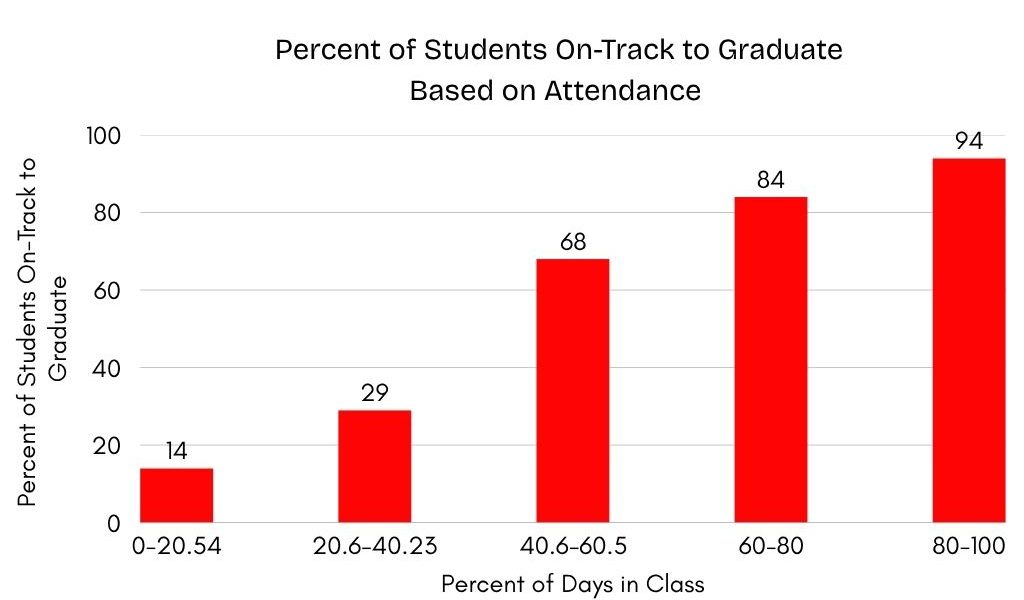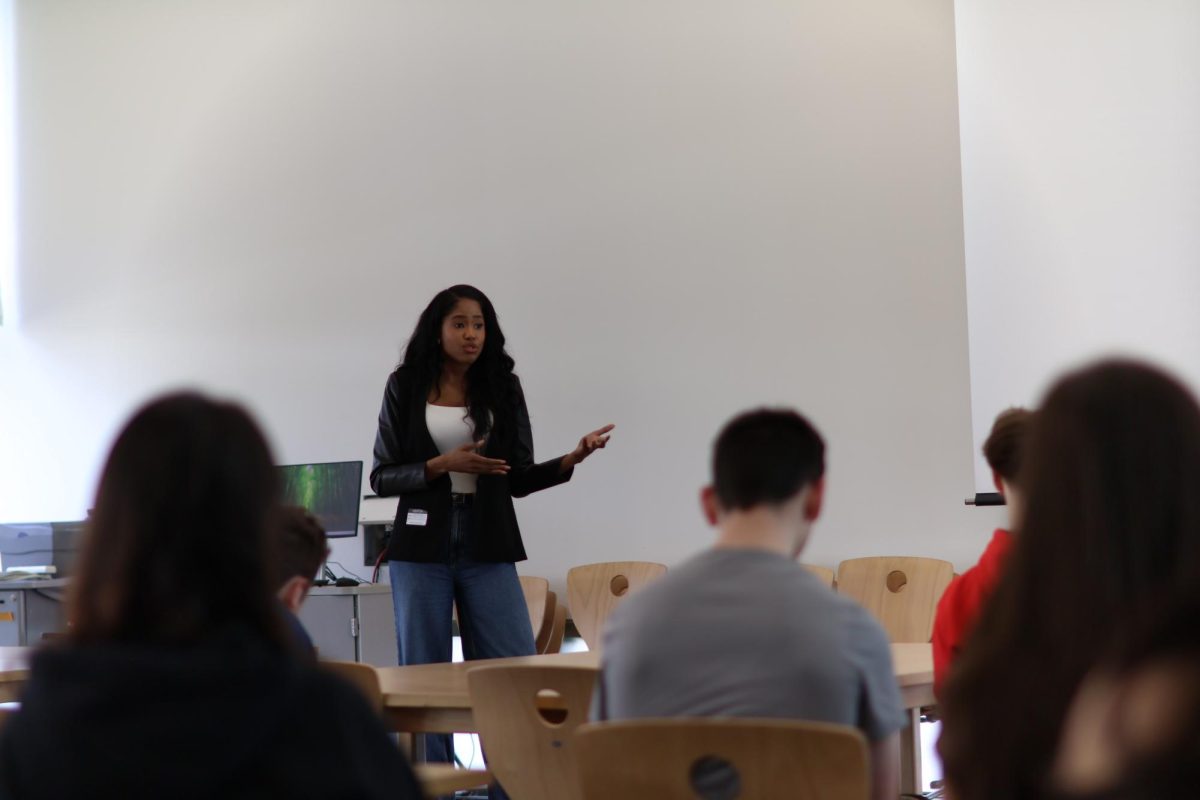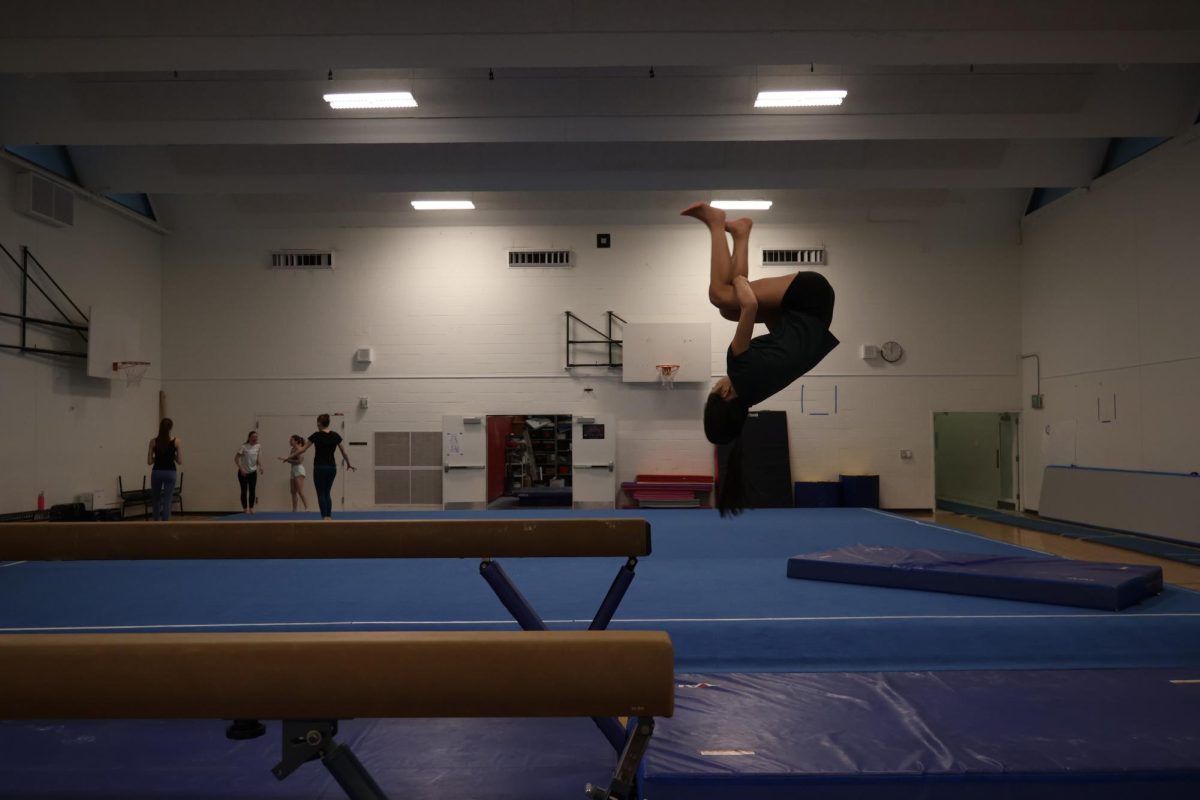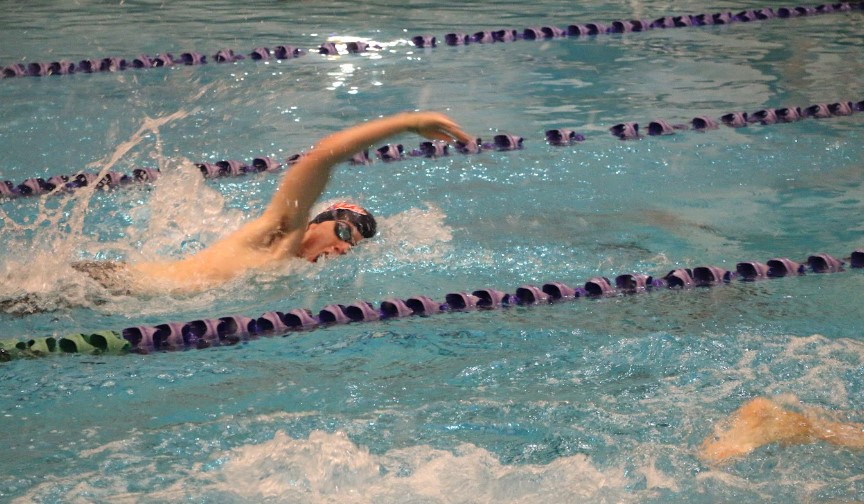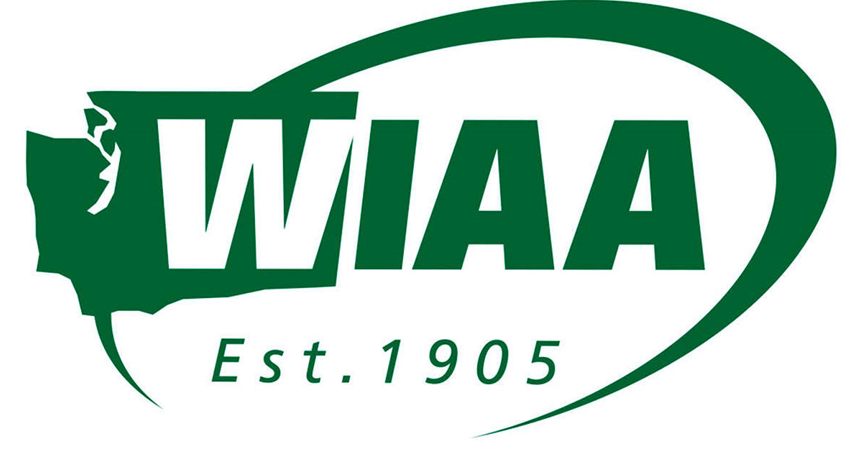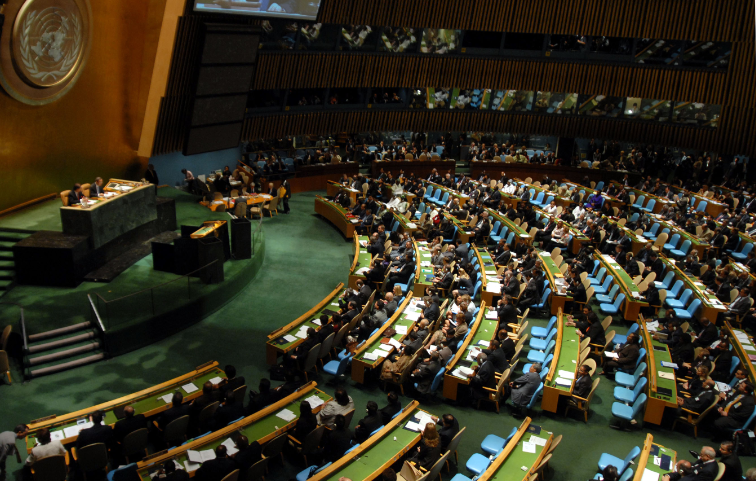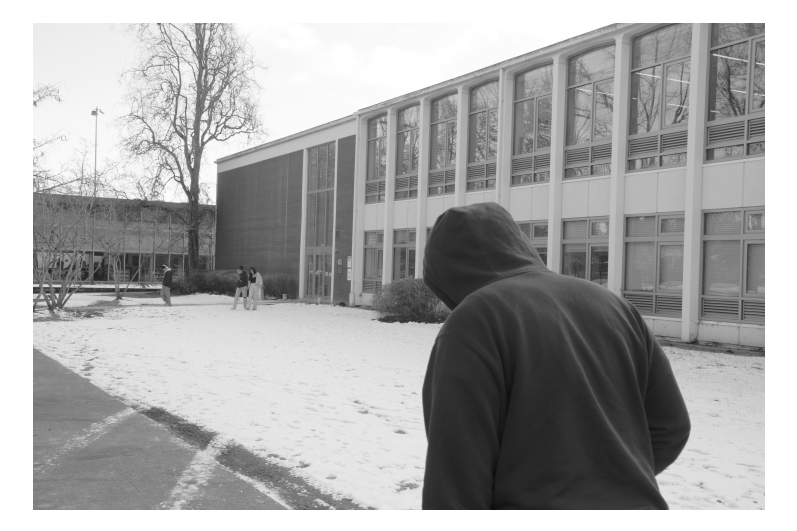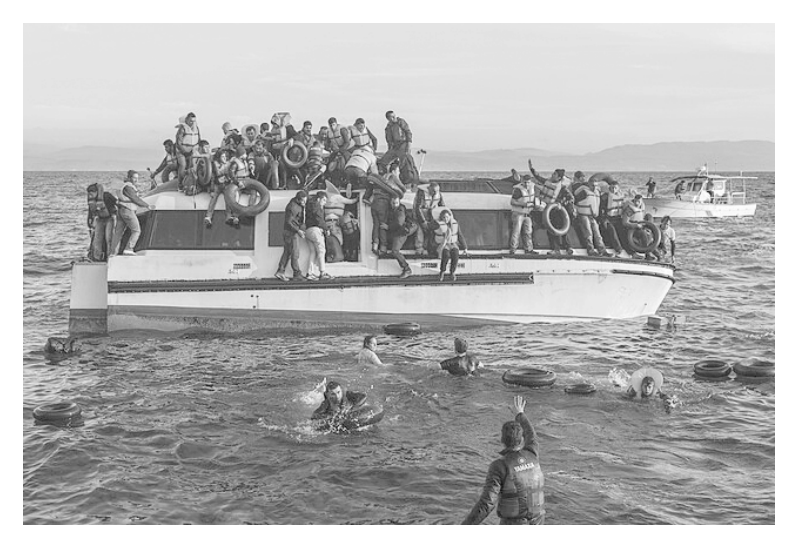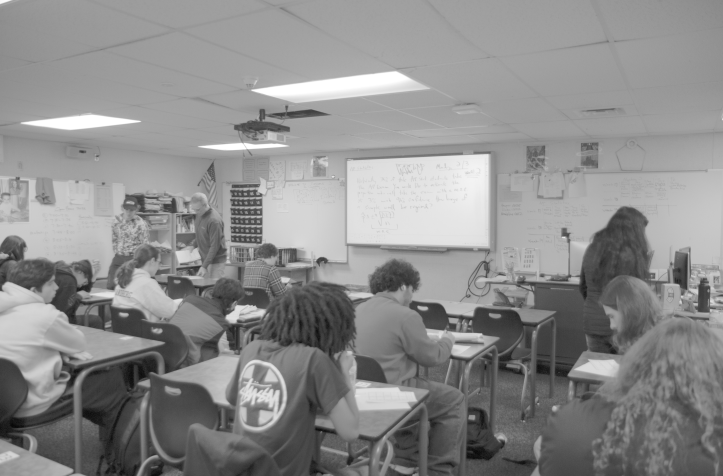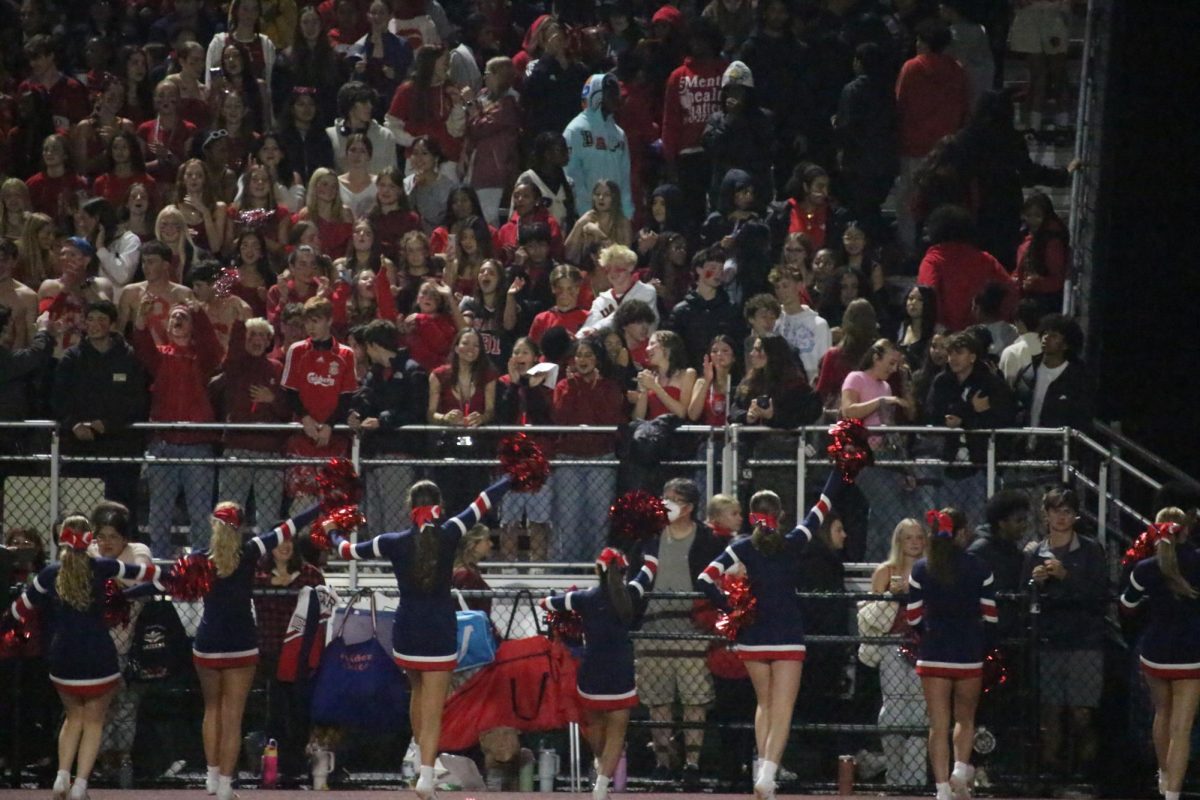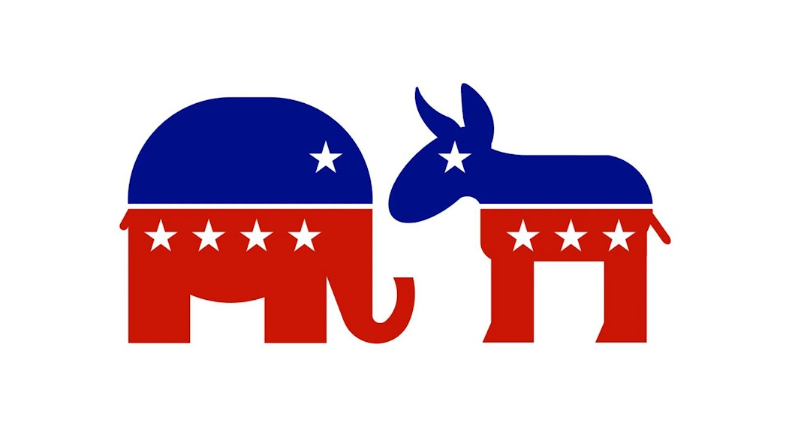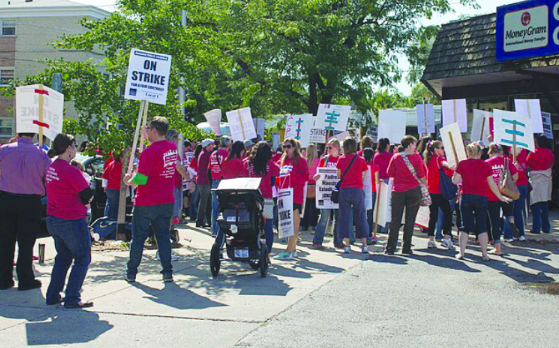Over the years at Hale, students and staff may have noticed fewer and fewer students in their classrooms. Hale’s attendance rates are seemingly staying the same, but, according to some staff members, this may not accurately reflect what’s happening in our schools.
Increasingly more students are showing up to class for attendance, and then leaving to wander the halls.
Not only has this created safety issues, but it could also be having a prominent effect on our school’s graduation rates. According to the U.S. Department of Education attendance rates can play a crucial role in whether students graduate.
“The new administration is concerned with attendance,” said Taylor Bosworth, Hale’s Academic Interventionist. “But they’re more concerned about the students who are on campus but not in classes.”
“When students are not in classes, that’s when safety problems happen, like fights or drug and alcohol use,” Bosworth said. “We can’t just have students in the hallways.”
According to Martha Cunningham-Daniels, Hale’s attendance specialist, daily attendance rates have been pretty steady in the past years.
“On a daily basis, the average percentage of student absences hovers between 7% to 12%,” Cunningham said.
For Hale’s 1,059 enrolled students, that would be around 70 to 120 student absences daily.
“The SPS policy is that students who have seven or more [unexcused] absences within a month become eligible for truancy,” Cunningham said. “And what that means is your parents will be called into court and asked, ‘Why is your student missing so much time?’”
Even though our attendance rates have been statistically steady, they’re still a matter of concern for Hale’s administration.
Over this past school year, the administration has prioritized making policies to keep students in classrooms– instead of skipping to leave school or wander the halls.
Students may have noticed stricter rules about hall passes over the past year. While not many new, official policies have been announced, administration has been focused on reinforcing old policies, and additionally designing new ones.
“The new administration is concerned with attendance,” said Taylor Bosworth, Hale’s Academic Interventionist. “But they’re more concerned about the students who are on campus but not in classes.”
“When students are not in classes, that’s when safety problems happen, like fights or drug and alcohol use,” Bosworth said. “We can’t just have students in the hallways.”
Students being in class is an important safety measure for schools. In case of an emergency, teachers need to know where their students are. While schools have many policies in place for an emergency in the classroom, the rules become less clear when students wander the halls, without their teachers knowing.
While our attendance rates have remained statistically steady over the past few years, they’ve also remained mostly below the district average.
Regular attendance is defined by the Washington Office of Superintendent of Public Instruction (OSPI) as, “having, on average, less than two absences per month.”
Additionally, absence is defined as missing at least half of a school day, whether or not the absence is excused.
In the 2020-21 school year, OSPI reported that 87.9% of students at Hale had regular attendance. In the 2021-22 school year however, that number went down almost 20%, and has mostly stayed down. It went up slightly in the 2023-24 year, going up to 66.9%.
High schools with higher graduation rates also typically have higher attendance rates than Hale. Over the 2023-24 school year, Hale had 66.9% of its students attend at least 90% of school days.
Over the same school year, Hale’s graduation rate was 84.9%. When compared to other high schools within Seattle Public Schools, our’s was notably lower than the district’s average, which was 88%.
For example, Lincoln High School had an attendance rate of 80.5% and a graduation rate of 96.4% over the 2023-24 school year. Roosevelt High School had a 72.8% attendance rate, and a 91.8% graduation rate.
As the number of students skipping classes seems to grow, Hale may also see its graduation rates dropping. Trends across the district and across the country have shown that lower attendance rates align with lower graduation rates.
Absenteeism rates across the country have been rising for several years now. A joint report from The Associated Press and Stanford University showed that chronic absenteeism rates in Washington State increased 15.2% between the 2018-19 and 2022-23 school years.
Every state – excluding Arkansas – included in the report showed a rise in chronic absenteeism. Washington ranks as ninth highest in the country for chronic absenteeism rates. The report defines chronic absenteeism as students missing 10% or more of the school year.
In the past, rules surrounding attendance have been stricter. Students missing 10 or more minutes of class would be counted absent, for example. However, after being online for school, many rules changed and never went back.
